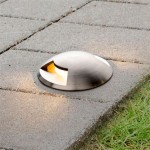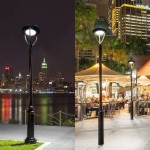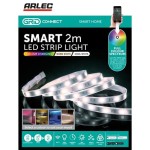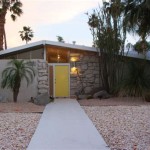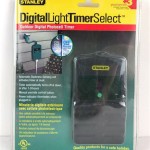Outdoor Lighting Installation and Design: A Comprehensive Guide
Outdoor lighting plays a pivotal role in enhancing the aesthetics, functionality, and safety of any outdoor space. Whether you're illuminating a backyard retreat, a commercial property, or a public area, meticulous planning and installation are crucial for maximizing the impact and minimizing potential hazards.
1. Defining Functional Zones
Start by dividing your outdoor space into distinct functional zones, such as entrances, walkways, patios, and seating areas. This will help you determine the appropriate lighting requirements for each zone. For instance, entrances require brighter illumination for security and visibility, while seating areas may benefit from softer, ambient lighting.
2. Lighting Techniques and Fixtures
Explore various lighting techniques to create a cohesive design. Uplighting spotlights trees and architectural features, while downlighting illuminates walkways and patios. Path lighting provides direction and safety, while accent lighting highlights sculptures or water features. Choose fixtures that complement the style of your property and the intended ambiance.
3. Wiring and Safety Considerations
Proper wiring is paramount for the safety and longevity of your outdoor lighting. Ensure that all wires are properly insulated, protected from moisture, and buried underground or concealed within conduits. Consider using low-voltage systems for added electrical safety, especially in areas with water or vegetation.
4. Lighting Control and Automation
Modern lighting systems offer advanced control options, such as motion sensors for security and dimmers to adjust ambiance. Photocells can automatically turn lights on at dusk and off at dawn, while timers allow for scheduled illumination. Explore these features for convenience, energy efficiency, and added visual impact.
5. Plant Compatibility
If you have plants in your outdoor space, consider their compatibility with lighting. Some plants, like ferns and hostas, prefer shaded areas, while others, like roses and sunflowers, thrive with ample sunlight. Check if the lighting intensity and wavelength will affect your plants' growth and health.
6. Professional Installation
For optimal results and safety, consider hiring a qualified electrician for professional outdoor lighting installation. This ensures proper wiring, fixture mounting, and adherence to building and electrical codes. A professional electrician can also advise you on the best lighting techniques and fixtures for your specific needs and aesthetics.
7. Maintenance and Troubleshooting
Regular maintenance is essential to ensure the longevity and efficiency of your outdoor lighting system. Inspect wires, fixtures, and bulbs periodically for damage or loose connections. Replace bulbs as needed and clean fixtures to prevent dust and dirt buildup.

Outdoor Landscape Lighting Design Tips Ideas Environmental Designs

Lighting Design Considerations For Outdoor Entertaining

How To Choose A Landscape Lighting Design That Fits Your Home

13 Outdoor Lighting Tips For A Safe And Inviting Landscape

How To Plan Your Outdoor Landscape Lightings In The Best Way

Design Guide For Your Home S Outdoor Lighting

How To Install Your Own Outdoor Backyard Lighting My 100 Year Old Home

Outdoor Landscape Lighting Design Tips Ideas Environmental Designs

How To Install Your Own Outdoor Backyard Lighting My 100 Year Old Home

Backyard Lights The Sprinkler Company Inc
Related Posts

